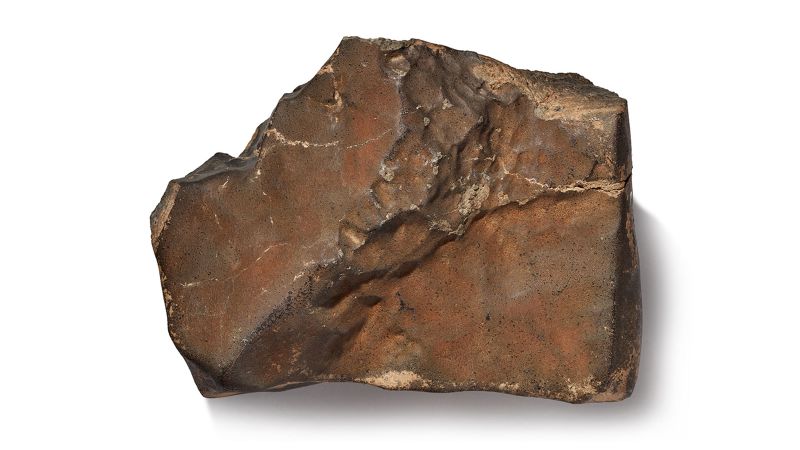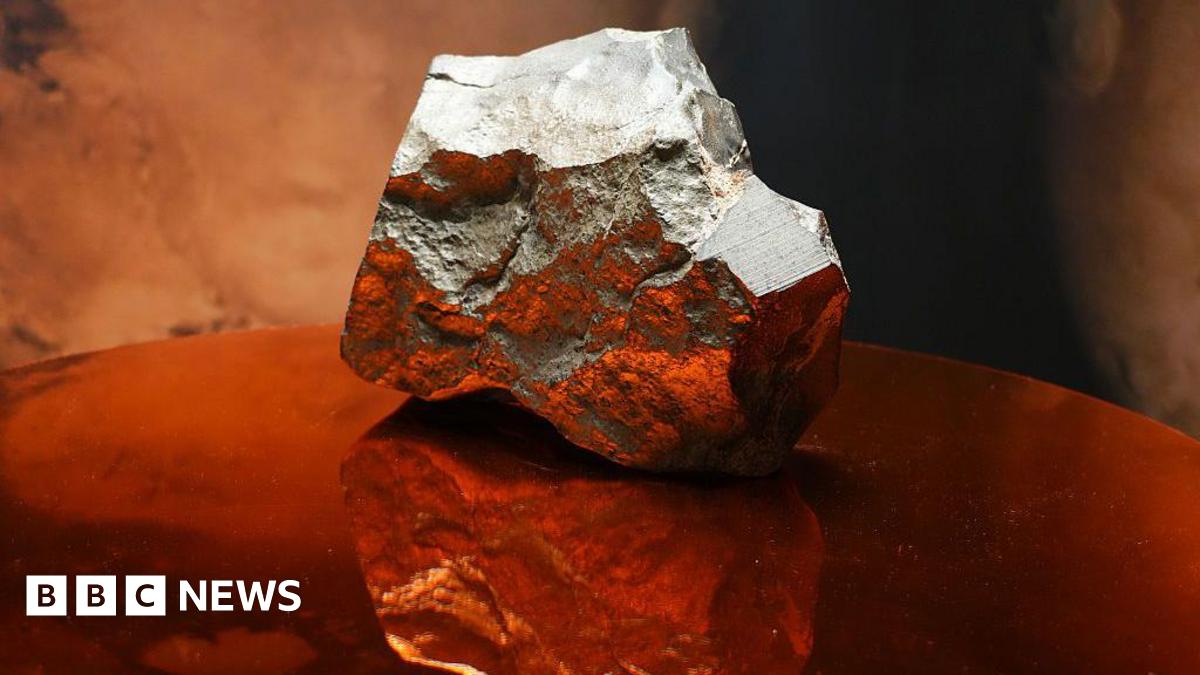T4K3.news
Titanoboa was Earth's largest snake
Fossils reveal Titanoboa ruled ancient Colombia, growing up to 45 feet long.

Titanoboa, a giant snake, once ruled tropical rainforests 60 million years ago after the dinosaurs.
Titanoboa was the largest snake to ever walk the Earth
Titanoboa, a massive serpent that lived around 60 million years ago, reached lengths of up to 45 feet and weighed approximately 2,500 pounds. This ancient snake thrived in what is now Colombia after the extinction of the dinosaurs. Fossils found in the Cerrejón coal mine reveal that during the warm Paleocene Epoch, Titanoboa roamed enveloped in humid forests, alongside similarly large species like crocodiles and turtles. Although the reasons for its extinction remain unclear, changes in climate likely played a crucial role, as cooler temperatures diminished habitats suitable for such large creatures.
Key Takeaways
"Titanoboa was not just a freak of nature."
Carlos Jaramillo emphasizes the natural fit of Titanoboa within its ecosystem.
"Giant species thrived in the warm, humid climate."
This observation highlights the conditions that allowed Titanoboa to flourish.
"The extinction of Titanoboa is tied to climate changes we see today."
Jonathan Bloch connects ancient extinction events with current environmental issues.
The reign of Titanoboa represents a remarkable period in Earth's history where ecological niches left by dinosaurs allowed for the rise of massive reptiles. Its environment, characterized by warmth and humidity, supported the development of giants. Today's climate crisis and deforestation of tropical rainforests significantly threaten similar ecosystems, raising concerns about biodiversity and the potential for future giants. Titanoboa serves as a reminder of the delicate balance within nature, where changes can lead to the disappearance of species that once thrived.
Highlights
- Titanoboa was nature's giant post-dinosaur predator.
- Its extinction reminds us of climate's powerful role.
- A creature like Titanoboa brings awe and fear.
- Mankind's actions threaten the legacy of giants.
Concerns about habitat loss due to human activity
Ongoing deforestation and climate change threaten the ecosystems that might support large species like Titanoboa.
Learning from Titanoboa highlights the importance of preserving natural habitats for future wildlife.
Enjoyed this? Let your friends know!
Related News

Largest Mars meteorite heads to auction

Martian meteorite set for auction at Sotheby's

Largest Mars meteorite sells for $5.3 million

Largest Martian Meteorite to Auction for Up to $4 Million
Martian meteorite sells for over $5 million at auction

Denmark Cataract identified as largest waterfall

Mars meteorite sold for $4.3 million at auction

Maine museum loses largest meteorite to Sotheby's auction
